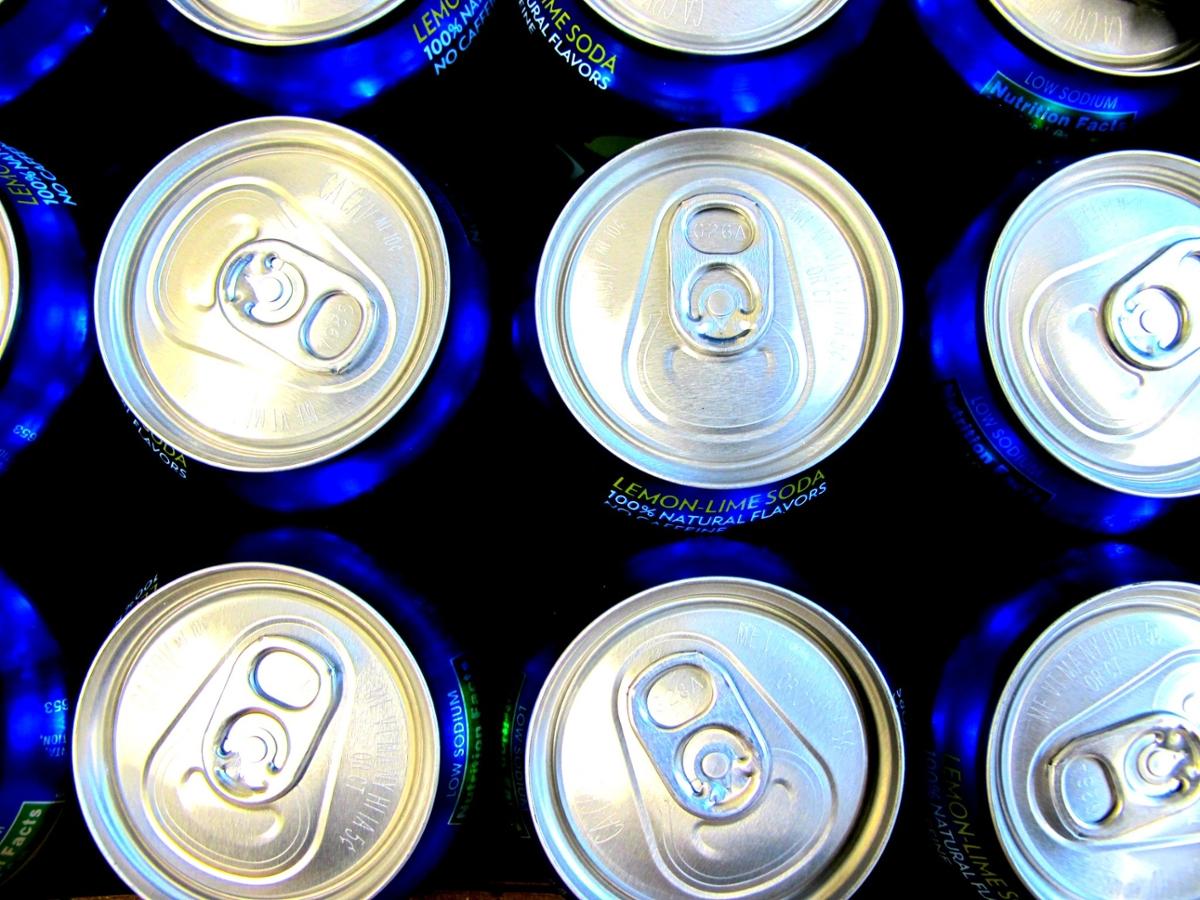Practical jokesters love to shake a soda can and pass it to a friend. When the can is opened, woosh! Out spews a foamy mess.
Less-experienced pranksters, though, might shake the can but wait too long—say, an hour. Then, their unknowing victim opens the drink . . . and gets nothing except customary fizz. The promised foamy mess has been lost to simple soda science.
Pop gets its, well, pop from carbon dioxide dissolved into flat soda during production. To keep drinks fizzy, gaseous carbon dioxide also gets pumped at high pressure into the can’s headspace—the gap between soda and the top of the can, which is then sealed tightly. In a can’s pressurized environment, gaseous and dissolved carbon dioxide sit at equilibrium, resting in equal pressures in both the drink and headspace. This means dissolved carbonation can’t escape pop’s syrupy liquid, and your drink maintains its signature fizz.
When cracking open an unshaken soft drink, the dissolved and gaseous carbon dioxide slowly escape into the air, eventually leaving the drink flat. As any mischief-maker knows, however, shaking a can of pop forms bubbles. These tiny spheres of carbon dioxide offer that carbon dioxide an express ticket out of the pressurized pop. When they spew forth upon opening, the force of their exit carries some drink along for the ride.
But in an unopened can, time heals all wounds: without further energy to cause bubble formation, the high pressure pops the bubbles, and carbon dioxide dissolves back into the soda, or rises into the headspace. The chance for a foamy mess—and with it, a good prank—is gone.










